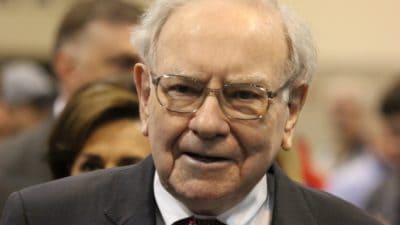BAE Systems (LSE: BA) (NASDAQOTH: BAESY.US) stock is down by 15% from its 52-week high of 471p, but the firm released a positive first-quarter update today, which noted that the firm expects US defence spending to become more predictable.
However, BAE’s update did suggest that currency headwinds could weaken reported profits, so I’ve taken a look at BAE’s latest financials, to test the safety of its generous dividend payout.
1. Interest cover
 What we’re looking for here is a ratio of at least 2, to show that BAE’s earnings cover its interest payments with room to spare:
What we’re looking for here is a ratio of at least 2, to show that BAE’s earnings cover its interest payments with room to spare:
Operating profit / net interest costs = interest cover
£806m / £166m = 4.9 times cover
BAE’s operating profits covered it interest payments 4.9 times in 2013, giving its dividend a decent margin of safety against higher interest costs or falling profits, in my view.
2. Gearing
Gearing is simply the ratio of debt to shareholder equity, or book value. I tend to use net debt, as companies often maintain large cash balances that can be used to reduce debt if necessary.
At the end of 2013, BAE reported net debt of £704m and equity of £3,418m, giving net gearing of just 20%. This is well below average, and gives the firm plenty of headroom for future borrowing, if needed.
3. Operating margin
BAE reported an operating margin of 4.4% last year, well below its six-year average of 7.7%.
The main reasons for this were non-cash impairments of £865m to its US business, reflecting reductions to US defence spending. BAE’s US division is expected to report a 20-25% reduction in sales in 2014, albeit with a still-solid margin of around 9%.
Despite this, I expect BAE’s operating margin to rise in 2014, and am comfortable that the firm’s low debt levels mean that the forecast fall in sales won’t put excessive pressure on its balance sheet, and won’t threaten BAE’s generous dividend.
Is BAE Systems a buy?
While spending cuts may cause BAE some short-term pain, I have no doubt that both the UK and US will continue to spend heavily on defence for the remainder of my life, and beyond.
BAE shares currently trade on a 2014 forecast P/E of 10, with a prospective yield of 5.2%. In my view, BAE stock is a strong income buy, and I plan to add more to my personal portfolio in the near future.







